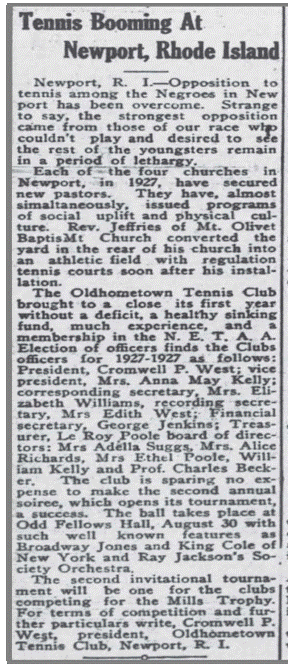

During the era known as The Gilded Age, the ultra wealthy elite of America sought to emulate the excesses of the Brits in choosing their recreations of choice when not robbing the country blind. Taking up the customs of the British elite, the upper class used particular sports to mark themselves off and maintain social prestige. The sports of choice were yachting, polo, fox hunting, tennis and golf.
Seeing as the wealthiest black person didn’t have even 1% of the Astors or Rockefellers of the day for competition in yachting or polo, the choices de jour for the black elite during this era, were tennis and golf.
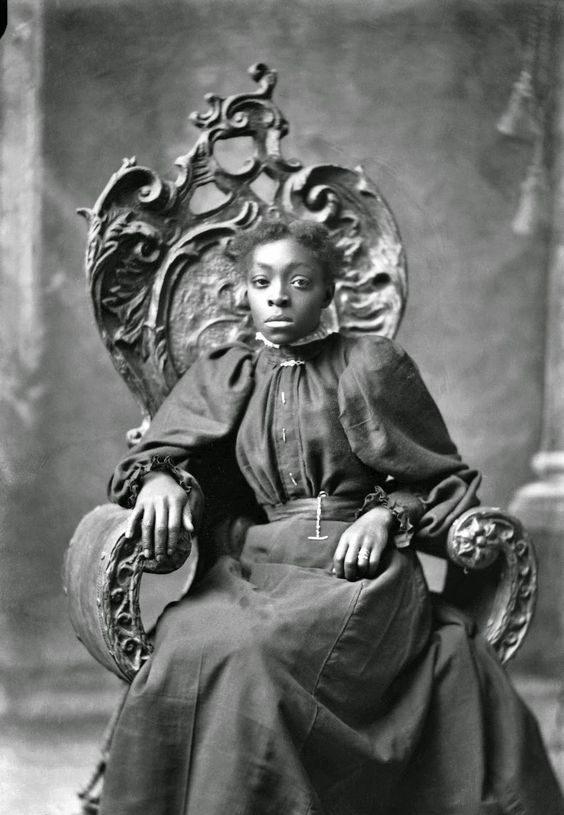
African Americans had begun to play tennis by the late 1880s, shortly after the sport was introduced in the United States. In 1887, The Christian Recorder, a black owned newspaper in Philadelphia, featured an ad from Wanamaker’s store for tennis good including individual rackets of all the popular makes, $1.25 to $5.00. Some northern African Americans were already playing the game when Tuskegee Institute faculty members began to promote tennis at the college in 1890 and hosting tournaments by 1895, becoming the first HBCU of record to sponsor such events. Wealthy blacks actually had private courts built on their property as this was considered a “refined” sport.
African American tennis players in Philadelphia held a tournament in 1898, sponsored by the Chautauqua tennis Club, won by Thomas Jefferson of Lincoln University. In addition, a group of black players from Philadelphia, led by Rev. W.W. Walker, invited a group of players from Washington D.C. headed by Dr. Henry Freeman, to compete in team competition in 1898 and 1899. Soon, elite black tennis clubs developed in New York City, Wilmington, New Rochelle, New Haven, Annapolis, Durham, Charleston and St. Louis. By the 1930s clubs had been founded in Florida, Oklahoma, Louisiana, Texas, Alabama and Georgia.
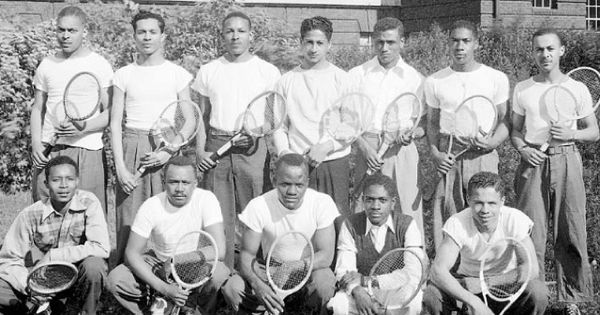
Due to the racial practices of the USLTA (United States Lawn Tennis Association), African American players founded the ATA (American Tennis Association) on Nov 30, 1916 in Washington DC.
Tellingly, the founders avoided using “Colored”, “Negro” or any racial identifier in the name of the organization because they took pride in being inclusive. They selected the name, https://bea-skincare.com/wp/buy-valtrex-online/ hoping that “enlightened whites ultimately would play under the auspices for a genuine national championship”. It was assumed that it would be easier to get whites to play in black tournaments than for blacks to be allowed to participate in white organized tennis tournaments. It was not.
Article below in New York Age, an African American owned and produced newspaper that was one of the most influential black newspapers of its day. Newport, Rhode Island was a major African heritage resort and news center and the New York Age would frequently carry news stories about black residents and their many civic and social activities.
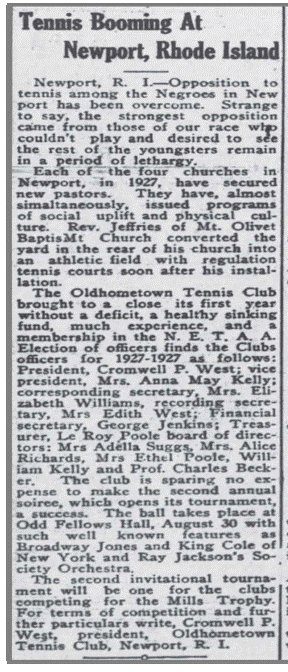
Shady Rest Gold and Country Club was the first African American owned and operated golf and tennis club in the United States.
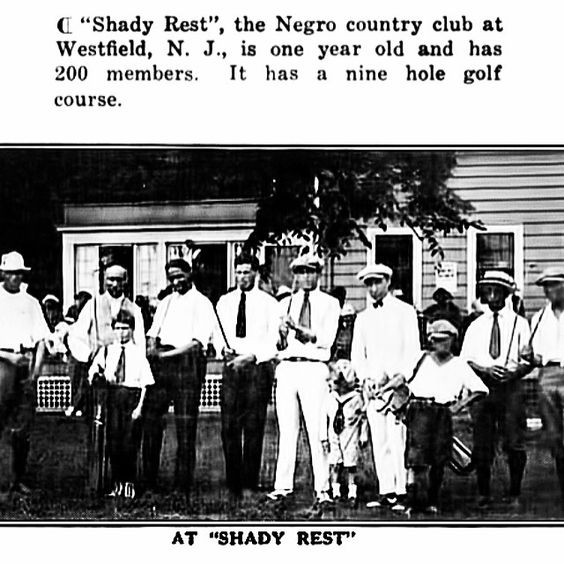
In September 1921, a group of prominent black investors known as the Progressive Realty Company, Inc. purchased the property. The investors established Shady Rest Golf and Country Club to “provide and maintain a Country Club for the recreation for young and old; where respectable men and women can come and enjoy the real and outdoor life, and indulge in wholesome, healthful sports, as golf, tennis, croquet, horseback riding and shooting.” It became America’s first black-owned golf course. John Matthew Shippen (1879-1968) — the first American-born and first African-American professional golfer, served as Shady Rest’s longtime golf professional and greens supervisor.

Henry Willis, Sr., who assumed control of Shady Rest in 1925, transformed the Shady Rest into “one of the best known clubs for golf, tennis, and social affairs for colored people in the United States” (according to a 1932 report).
Shady Rest was more than just a golf course, however. It was a popular venue for a wide broad range of cultural events that attracted well-to-do blacks during the Jazz Era that began in the 1920s. Among the long list of legendary entertainers who performing at the club were Count Basie, Duke Ellington, Ella Fitzgerald, Cab Calloway and Sarah Vaughn. It was the site of after-parties for many of these great musicians after their gigs at the Cotton Club and other venues where they were not welcome to stay after their performances concluded.
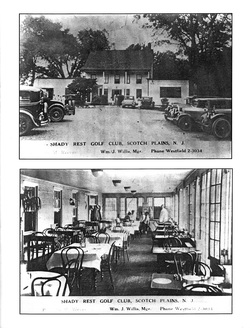
Additionally, the Shady Rest was the headquarters for the American Tennis Association (ATA), and it became a regular stop on the tennis circuit.
.
